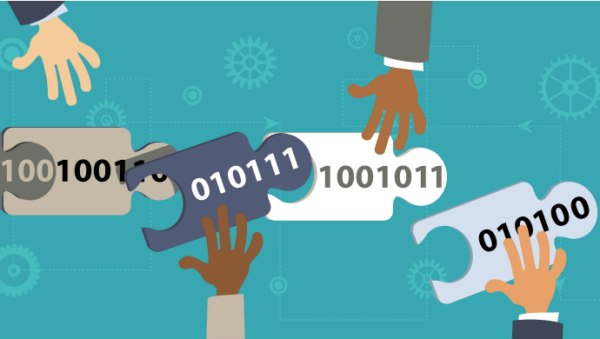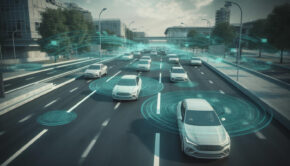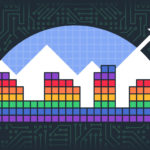6 Things You Should Know About Web 3.0
Introduction
The term Web 3.0 is becoming more prevalent as we aim to predict and define the next stage of the Internet.
While there is not yet a single agreed definition, here are 6 things that should help you get up to speed on the Web 3.0 conversation.
1) Web 1.0 and 2.0 Came First
To understand the emergence of Web 3.0, it’s important to know how the web has already changed over the years.
Although it wasn’t called Web 1.0 at the time, early websites were generally static, comparatively took a lot of time and effort to update, lacked high-quality and accessible multi-media, and weren’t very interactive. Mobile support was nowhere in sight.
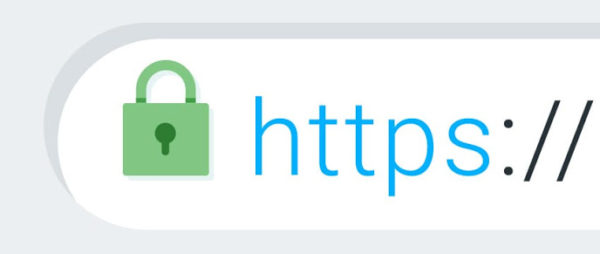
Web 2.0, sometimes called the ‘participatory web’ has become defined by the social media era, high levels of user interaction and collaboration, the ease of creating and maintaining sites via CMS and blogging platforms, easily accessible streaming media, and mobile support and apps.
2) It Hasn’t Been Defined Yet
Web 3.0 is a term a lot of people are beginning to use, but there has yet to be a universal definition.
And, this isn’t surprising.
While elements of Web 2.0 are generally agreed upon, there are still aspects that aren’t. It was also some time after these elements emerged before the term was used.
Web 3.0 won’t be defined by one thing and we probably won’t use the term concretely for several more years, at which point some of the early signs of Web 4.0 might be emerging.
3) But, it will involve the ‘Internet of Things’
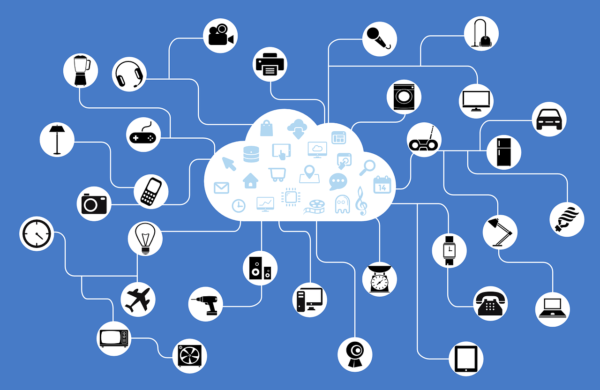
What we can do is look at trends and the so-called ‘Internet of Things’ (IoT) is one trend that isn’t going anywhere.
This basically refers to everyday ‘things’ that are connected to the internet, such as your robot vacuum cleaner, smart fridge, Alexa, and other gadgets people spending their paycheck on.
If Web 1.0 was only on your desktop or laptop, and Web 2.0 is defined by mobile access and apps, then Web 3.0 may involve everything being online in some form.
Everything from online driverless cars to pacemakers are on the horizon, but there are major security and privacy concerns that need to be quelled first.
4) Artificial Intelligence
Computers are becoming much more advanced and scientists are trying to replicate human intelligence, with the ability to learn and make decisions based on this learning.
The giants like Google and Facebook have already implemented forms of artificial intelligence for big data functions and, of course, for better advertising. There’s a reason why you keep getting ads for things you’ve already shown an interest in.
The voice recognition software in your smartphone uses a kind of machine learning that learns how you speak and becomes more accurate over time. We can now say complex things into our phones and get good answers in return.
The ‘semantic web’ was one of the early concepts expected to form the basis for Web 3.0 and refers to better matching of data across platforms.
Google search, for example, is learning from the way individuals search to assign more meaning to queries and show more relevant information—beyond simply matching keywords.
The idea is to process and understand information like humans. And, if everything becomes connected, there’s a heck of a lot of potential data for the machines to learn from.
This started with their Knowledge Graph which adds more context to searches, like bio snippets, images, notable works, recent content, and associates searches.
5) Augmented and Virtual Reality

If Web 2.0 is defined by easy access to streaming audio and video, Web 3.0 might be defined by augmented and virtual reality. We may see an increase in 3D graphics on websites and even more 3D video content on social media sites and YouTube.
Even apps we consider to be fairly basic, like Snapchat, are examples of augmented reality and such technology is being applied to everything from online shopping (trying on clothes virtually) to vibrant 3D video game worlds.
Soon, with a VR headset, you will be able to preview holiday destinations before deciding whether to book the flights. For some people, the virtual experience may be enough!
6) Blockchain
There has been growing concern within the realm of Web 2.0 about privacy and the manipulation of data. Whether it’s Facebook knowing everything about you and selling it to advertisers or restaurants using fake reviews to boost their reputation, distrust of the web is at a high point.
One solution that may emerge as an aspect of Web 3.0 is the wider adoption of Blockchain technology, which is the driving force behind Bitcoin.
Issues of trust can be solved through the use of decentralization and smart contracts.
While P2P technology has been around since the 90s and file-sharing took off, Blockchain’s use of cryptography has improved security and ubiquity.
Some developers are now working on moving the very core of the web (still stored centrally) to decentralized or fully distributed data architectures.
What do you think will make up Web 3.0? Or is it just a meaningless marketing term? Let us know your thoughts in the comments below!


